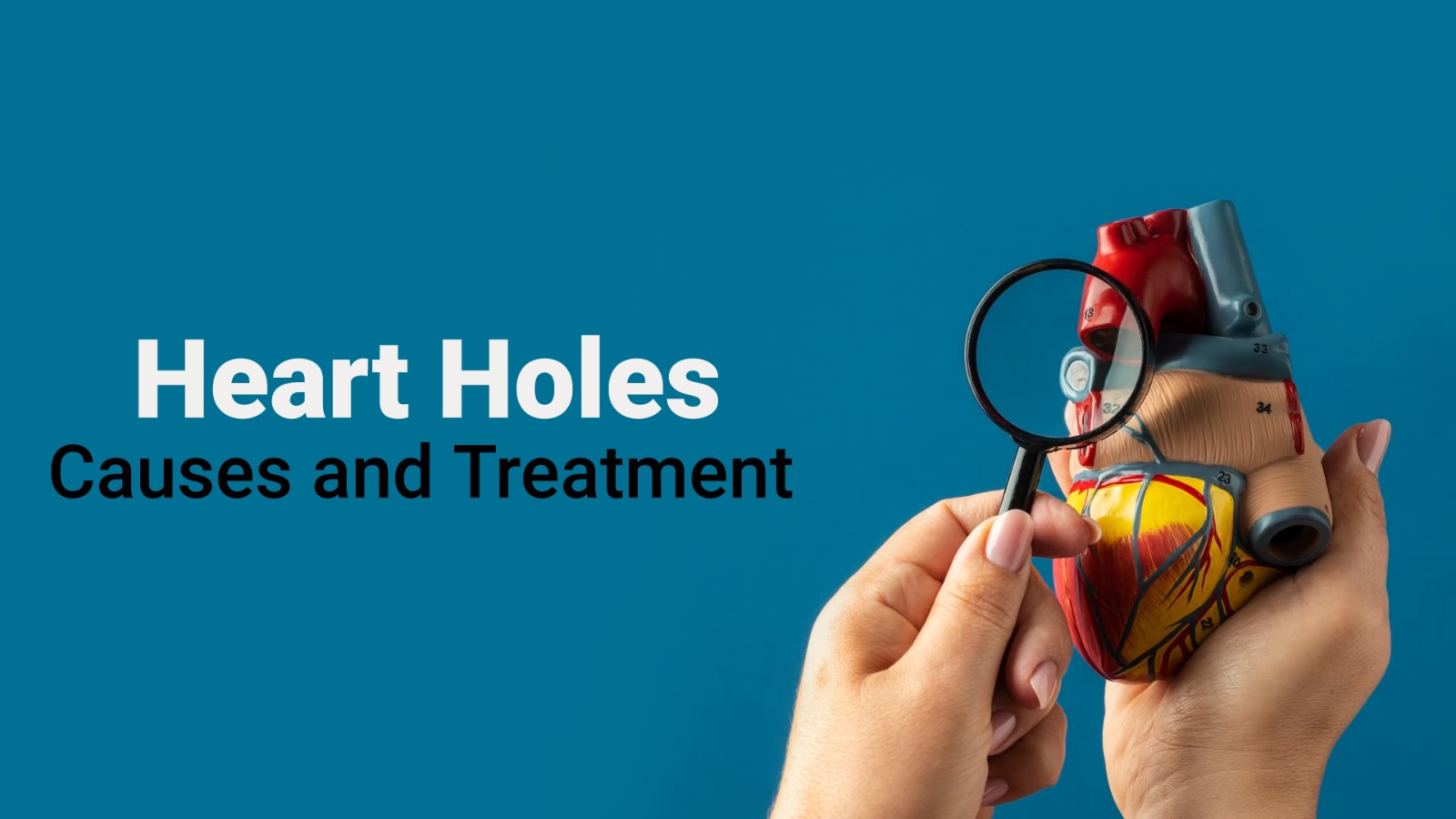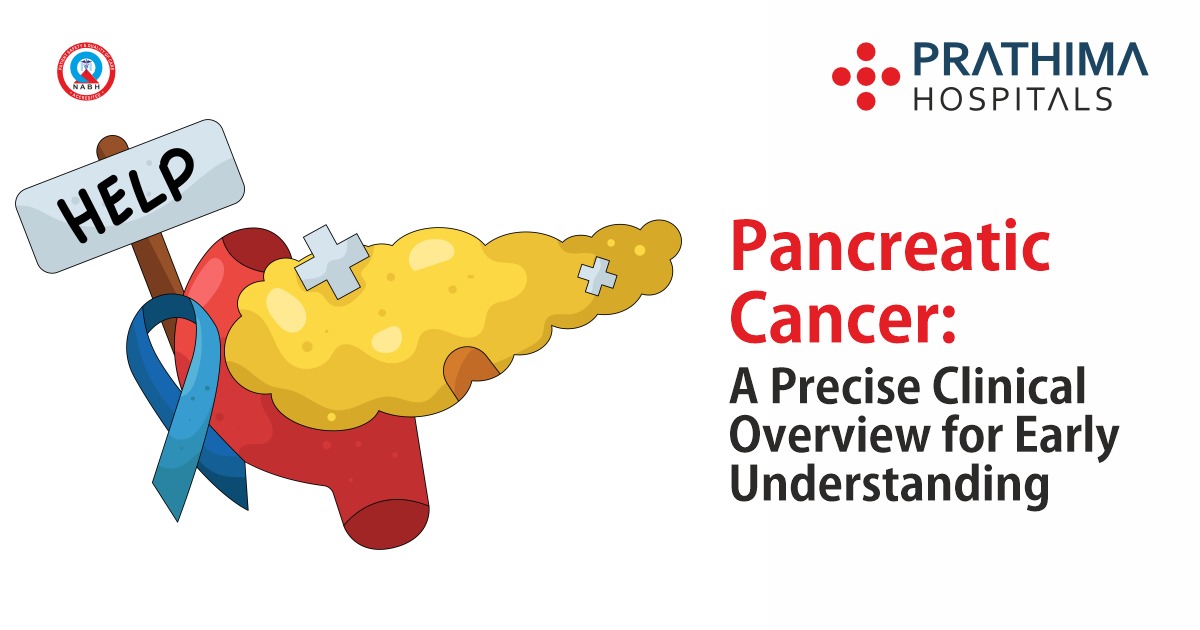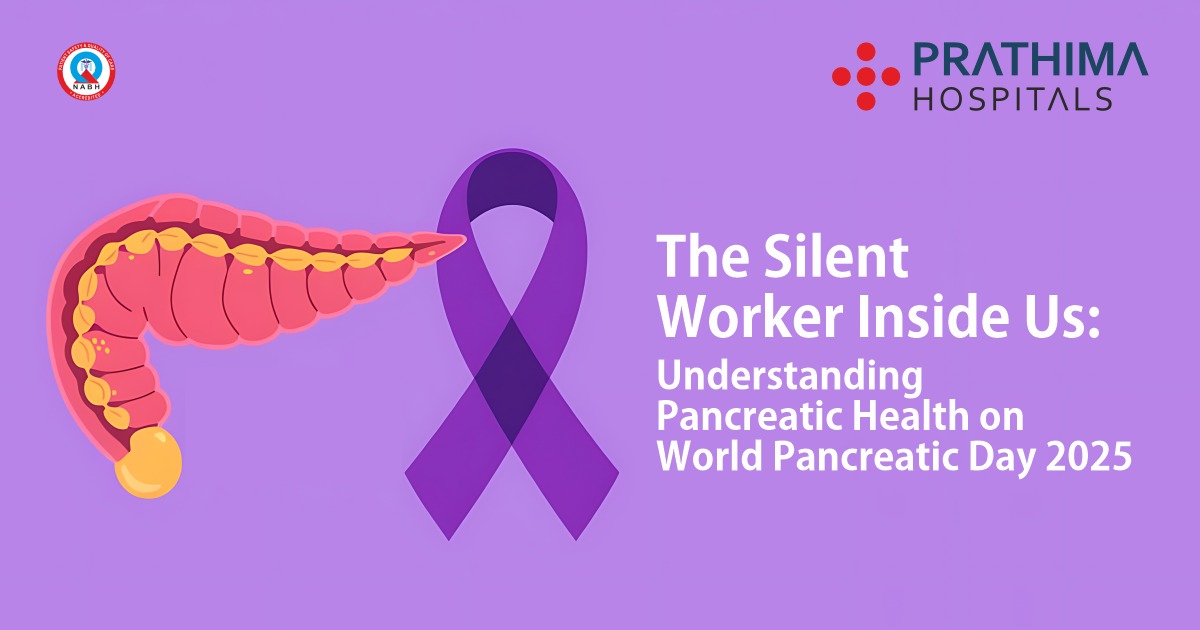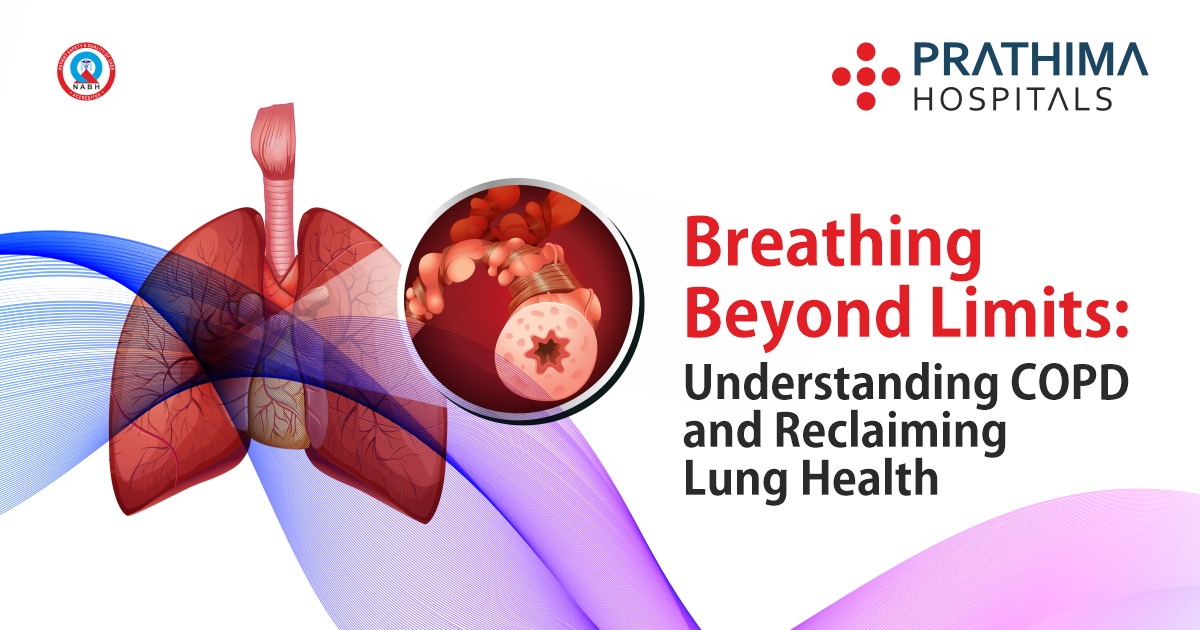Know more about Heart Holes!

What are the Causes for Heart Holes ?
Introduction
Heart holes, also known as congenital heart defects, are a group of abnormalities that affect the heart’s structure and function. These defects can be present at birth and can affect the flow of blood through the heart and the body. Heart holes can range from mild to severe, and in some cases, they can be life-threatening. In this article, we will discuss how heart holes form, their symptoms, precautions, and treatment.
How Heart Holes Form as per Prathima Hospitals Cardiologist in Kukatpally:
Heart holes occur when there is a problem with the development of the heart during pregnancy. The heart develops in the first few weeks of pregnancy, and during this time, any abnormality in the heart’s structure can lead to a heart hole. There are several types of heart holes, including:
Atrial septal defect {ASD}:
It is a hole in the heart wall formed by the separation of the two upper chambers (atria). It allows oxygen-rich blood to flow from the left atrium to the right atrium, where it mixes with oxygen-poor blood.
Ventricular septal defect (VSD):
This is a hole in the wall that separates the two lower chambers of the heart (ventricles). It allows oxygen-poor blood to flow from the right ventricle to the left ventricle, where it mixes with oxygen-rich blood.
Patent ductus arteriosus (PDA):
This is a persistent door between two main blood vessels leading from the heart. It allows oxygen-rich blood to flow from the aorta to the pulmonary artery, where it mixes with oxygen-poor blood.
The exact cause of heart holes is not known, but some factors that may increase the risk include:
Genetics: Heart holes can run in families, and certain genetic conditions, such as Down syndrome, are associated with a higher risk of heart holes.
Environmental factors: Exposure to certain environmental factors, such as alcohol or certain medications, during pregnancy, can increase the risk of heart holes.
Maternal health: Maternal health conditions, such as uncontrolled diabetes or obesity, can increase the risk of heart holes in the baby.
Causes for Heart Holes
The symptoms of heart holes can vary depending on the type and severity of the defect. Some common symptoms include:
Cyanosis:
Cyanosis is a condition in which the skin and mucous membranes appear bluish due to a lack of oxygen in the blood. It is a common symptom of heart holes that affect the structure of the heart and prevents the blood from circulating properly. Cyanosis is often more noticeable in the lips, fingers, and toes, and may occur during physical activity or crying.
Rapid breathing:
Rapid breathing, also known as tachypnea, is a common symptom of heart holes that affect the lungs and cause fluid buildup. When the heart is unable to pump blood effectively, the blood can back up into the lungs, causing shortness of breath and rapid breathing. This symptom is often more noticeable during physical activity or when lying down.
Fatigue:
Fatigue, or feeling tired and weak, is a common symptom of heart holes that affect the heart’s ability to pump blood effectively as per Cardiologist in Kachiguda. When the heart is not functioning properly, the body may not receive enough oxygen and nutrients, leading to feelings of fatigue and weakness. This symptom may be more noticeable during physical activity or after eating.
Poor weight gain:
Poor weight gain, or failure to thrive, is a common symptom of heart holes in infants and young children. When the heart is unable to pump blood effectively, the body may not receive enough nutrients to grow and develop properly, leading to poor weight gain and developmental delays.
Swelling:
Swelling, also known as oedema, is a common symptom of heart holes that affect the heart and cause fluid buildup in the body. This symptom is often more noticeable in the feet, ankles, and legs, and may be more severe after prolonged periods of sitting or standing.
Heart murmur:
A heart murmur is an abnormal sound that occurs during the heartbeat and may be a sign of a heart hole. A heart murmur can be heard with a stethoscope and may sound like a whooshing or swishing sound. Not all heart murmurs are a sign of heart holes, but they should be evaluated by a cardiologist to determine the cause.
Frequent respiratory infections:
Frequent respiratory infections, such as bronchitis and pneumonia, maybe a sign of heart holes that affect the lungs and cause fluid buildup. When the lungs are unable to function properly, they may be more susceptible to infections and respiratory illnesses.
In some cases, heart holes may not cause any symptoms, and the defect may be discovered at Best Cardiology Hospital in Hyderabad, during routine check-ups or diagnostic tests.
Precautions for Heart Holes
If you or your child has a heart hole, there are several precautions you can take to help manage the condition and reduce the risk of complications. These precautions include:
Regular check-ups: It is important to have regular check-ups with a Cardiologist in Kukatpally to monitor the heart hole and assess the need for treatment.
Antibiotic prophylaxis: Antibiotic prophylaxis may be recommended before certain dental or surgical procedures to reduce the risk of infection in the heart.
Healthy lifestyle habits: Eating a healthy diet, getting regular exercise, and avoiding smoking or secondhand smoke can help reduce the risk of complications from heart holes.
Medications: Some medications may be prescribed to help manage symptoms or prevent complications from heart holes.
Treatment for Heart Holes
The treatment for heart holes depends on the type and severity of the defect. In some cases, heart holes may close on their own over time, while in other cases, treatment may be necessary to prevent complications. Treatment options include:
Observation:
For small, asymptomatic heart holes, observation may be recommended to monitor the defect and assess if treatment is necessary. This is often the case for atrial septal defects (ASDs) that are less than 5 millimetres in diameter, as they may close on their own over time. The cardiologist will monitor the heart hole and assess if it is getting larger or causing symptoms that require treatment.
Medications:
Medications may be prescribed to help manage symptoms or prevent complications from heart holes. For example, diuretics may be prescribed to reduce fluid buildup in the lungs, while beta-blockers may be prescribed to help manage high blood pressure. In some cases, medications may be prescribed to improve the heart’s ability to pump blood, such as digoxin or ACE inhibitors.
Catheter-based procedures:
In some cases, heart holes can be closed using a catheter-based procedure. During this procedure, a catheter is inserted into a blood vessel in the groin and guided to the heart, where a device is placed over the hole to close it. This is often the case for secundum ASDs, which are located in the middle of the atrial septum.
The two most common types of catheter-based procedures for heart holes are:
a) Transcatheter closure: This is a minimally invasive procedure that uses a special device to close the heart hole. The device is inserted through a catheter and guided to the heart, where it is positioned over the hole and released. The device remains in the heart permanently and prevents blood from flowing through the hole.
b) Balloon atrial septostomy: This is a procedure that enlarges the opening between the two atria to improve blood flow in babies born with certain types of heart holes, such as the transposition of the great arteries. During this procedure, a catheter with a balloon on the tip is guided to the heart and inflated to create a larger opening between the atria.
Surgery:
In more severe cases, surgery may be necessary to repair the heart hole. During surgery, the hole is closed using a patch made from either synthetic material or tissue from the patient’s own body. This is often the case for large heart holes, as well as ventricular septal defects (VSDs) and patent ductus arteriosus (PDAs).
The two most common types of surgery for heart holes are:
a) Open-heart surgery: This is a traditional surgery that involves making an incision in the chest to access the heart. During the procedure, the hole is closed using a patch made from either synthetic material or tissue from the patient’s own body.
b) Minimally invasive surgery: This is a newer type of surgery that involves making small incisions in the chest instead of a large incision. This can lead to less pain and a shorter recovery time compared to open-heart surgery.
Heart transplant:
In rare cases, a heart transplant may be necessary if the heart hole is causing severe symptoms and cannot be treated with other methods. During a heart transplant, the patient’s damaged heart is replaced with a healthy heart from a donor.
Conclusion:
Heart holes are a group of abnormalities that affect the heart’s structure and function. These defects can be present at birth and can range from mild to severe. The exact cause of heart holes is not known, but genetics, environmental factors, and maternal health conditions may increase the risk. Symptoms of heart holes can vary depending on the type and severity of the defect, and precautions, such as regular check-ups and healthy lifestyle habits, can help manage the condition and reduce the risk of complications. Treatment options for heart holes include observation, medications, catheter-based procedures, surgery, and heart transplant. If you or your child has a heart hole, it is important to work closely with a Cardiologist in Hyderabad to develop a treatment plan that meets your individual needs.






Warning: Undefined variable $req in /home/u885608126/domains/prathimahospitals.com/public_html/wp-content/themes/prathimahospitals/functions.php on line 294
Warning: Undefined variable $commenter in /home/u885608126/domains/prathimahospitals.com/public_html/wp-content/themes/prathimahospitals/functions.php on line 295
Warning: Trying to access array offset on value of type null in /home/u885608126/domains/prathimahospitals.com/public_html/wp-content/themes/prathimahospitals/functions.php on line 295
Warning: Undefined variable $aria_req in /home/u885608126/domains/prathimahospitals.com/public_html/wp-content/themes/prathimahospitals/functions.php on line 295
Warning: Undefined variable $req in /home/u885608126/domains/prathimahospitals.com/public_html/wp-content/themes/prathimahospitals/functions.php on line 298
Warning: Undefined variable $commenter in /home/u885608126/domains/prathimahospitals.com/public_html/wp-content/themes/prathimahospitals/functions.php on line 299
Warning: Trying to access array offset on value of type null in /home/u885608126/domains/prathimahospitals.com/public_html/wp-content/themes/prathimahospitals/functions.php on line 299
Warning: Undefined variable $aria_req in /home/u885608126/domains/prathimahospitals.com/public_html/wp-content/themes/prathimahospitals/functions.php on line 300
Warning: Undefined variable $commenter in /home/u885608126/domains/prathimahospitals.com/public_html/wp-content/themes/prathimahospitals/functions.php on line 303
Warning: Trying to access array offset on value of type null in /home/u885608126/domains/prathimahospitals.com/public_html/wp-content/themes/prathimahospitals/functions.php on line 303